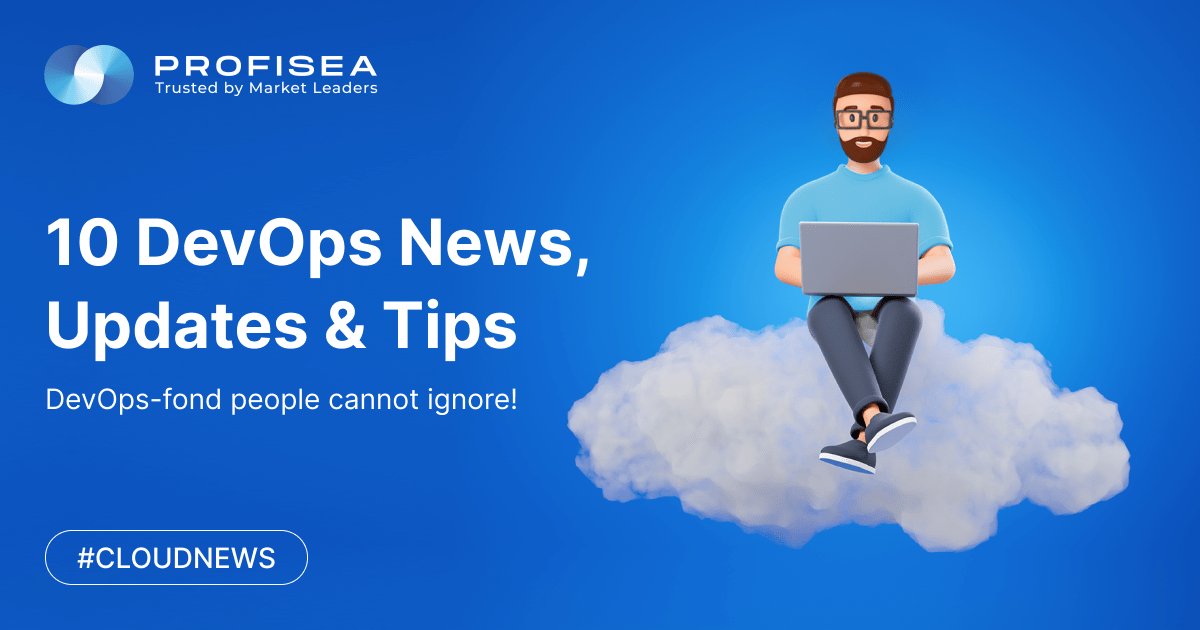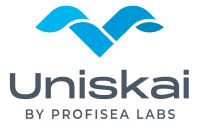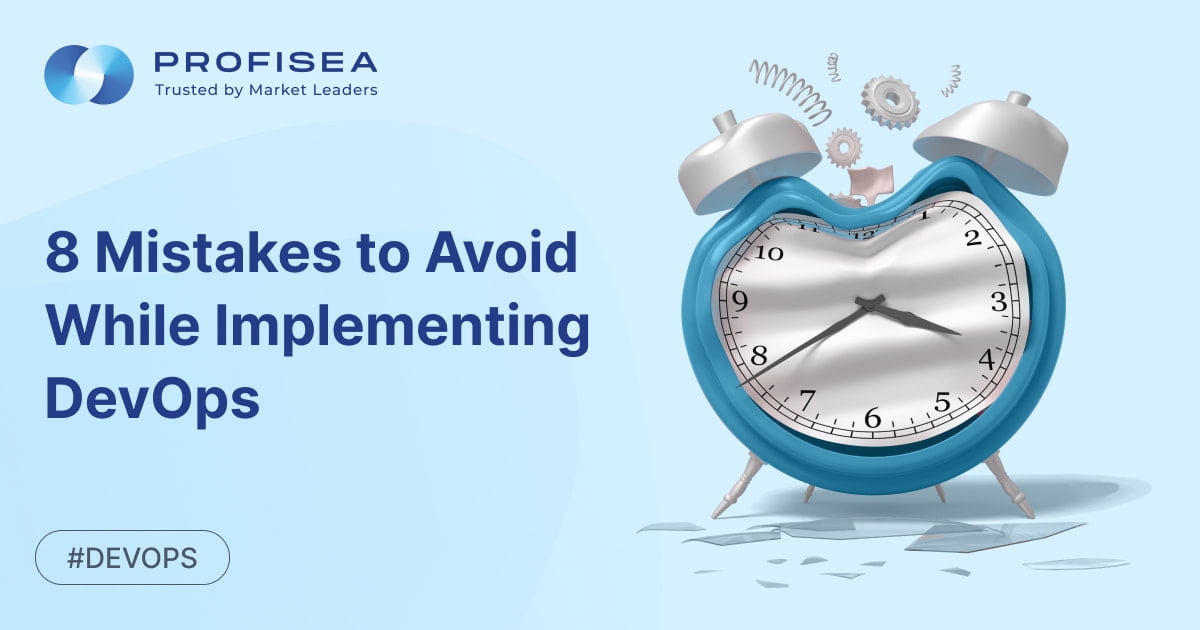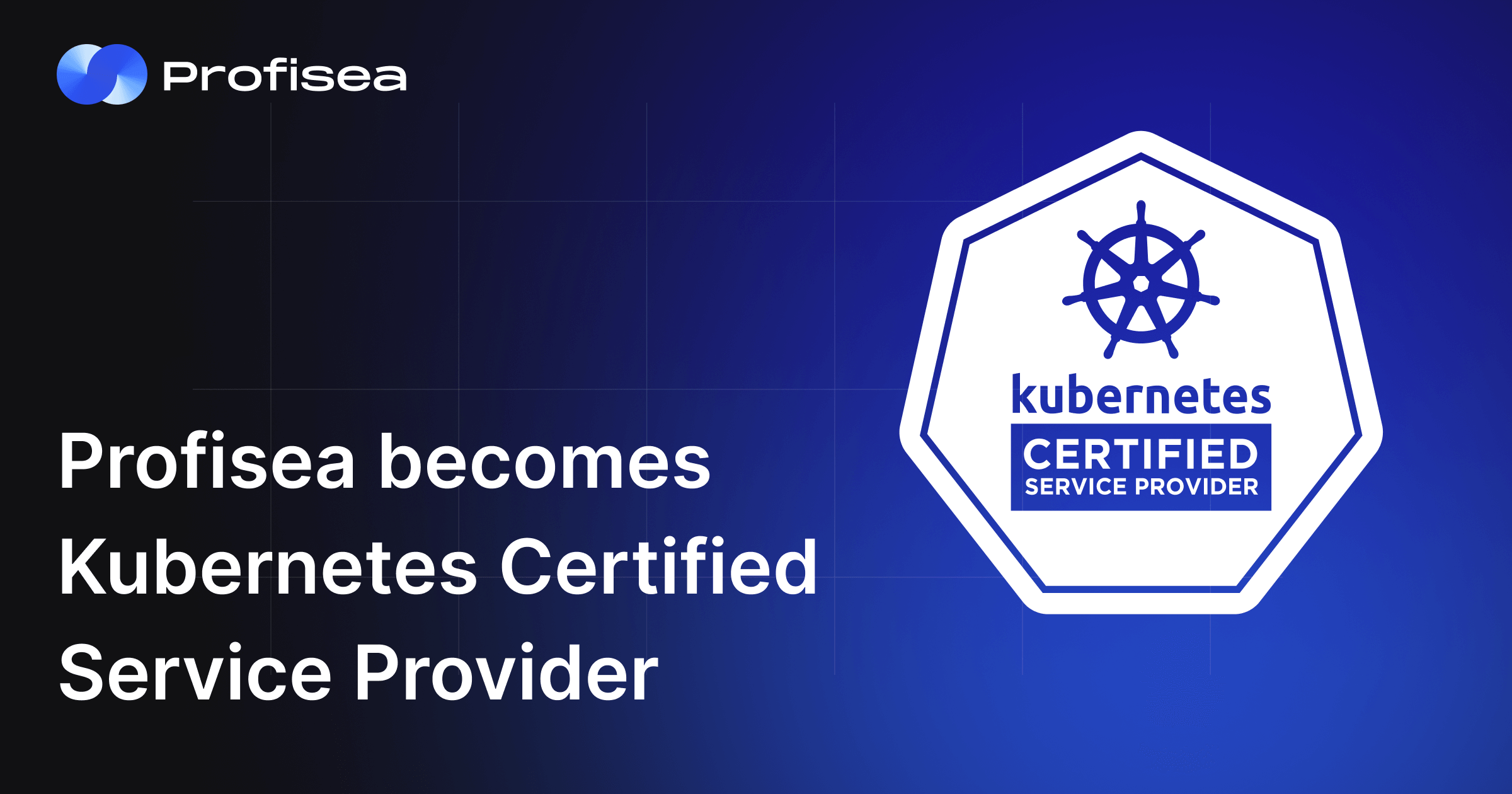10 Sep-Oct 2021 DevOps News, Updates & Tips DevOps-fond people cannot ignore!
Profisea’s experts are eager to share fresh DevOps news and updates including the latest tools, methodologies, guides, tips, and recommendations with DevOps engineers, ambitious developers, system administrators, IT leaders who deal with challenging DevOps projects daily. Ready to taste the DevOps World’s September-October updates, except for Windows 11 release, and other goodies? Follow us then!
Introducing Red Hat Ansible Automation Platform 2
The Red Hat Ansible Automation Platform product team is thrilled to present Red Hat Ansible Automation Platform 2, which was just announced at AnsibleFest 2021. The Platform 2 focus was on enhancing the core components of the Ansible Automation Platform and empowering Automators with simpler and more flexible enterprise-wide automation. This means that everything you know about writing Ansible Playbooks has largely remained unchanged, but a basic implementation of how automation is developed, managed, and operated in large complex environments is evolving. Ultimately, enterprise automation platforms must be designed, packaged, and supported with a native container and hybrid cloud environments in mind. More details are in this article and here is an interactive guide for you to learn about the features of Red Hat Ansible Automation Platform 2, based on 4 different automation roles: architect, administrator, creator, and operator.

Presenting The DevOps Handbook Second Edition
Over the past five years, The DevOps Handbook has been a definitive guide to leveraging the achievements of the bestselling The Phoenix Project and applying them to any organization. Now, with this completely revamped and enhanced version, it’s time to take DevOps out of the IT department and apply it to your entire business. Contributors Jean Kim, Jez Humble, Patrick Debois, and John Willis have created a guide to start transforming DevOps in any industry. Since its first publication in 2016, over 250,000 copies have been sold.
This completely revamped and the amplified second edition includes:
- new foreword and research by Nicole Forsgren, PhD
- the afterwards of all five coauthors have been updated
- 15 new case studies including Fannie Mae, Adidas, American Airlines, USAF, and more
- new resource sections at the end of each part
- more than 100 pages of new or updated content in total
- completely redesigned interior.
Announcing 2021 Accelerate State of DevOps Report
Google Cloud’s DevOps Research and Assessment (DORA) team announced their 2021 Accelerate State of DevOps Report that illustrates superiority in software delivery and operational performance determines the effectiveness of technology transformation in an organization. This year, they also explored the impact of SRE best practices, secure software supply chain, quality documentation, and multicloud — all with a deeper understanding of how the past year has impacted culture and burnout.
Proposing Top Stories From The Microsoft DevOps Community
Jay Gordon, Cloud Advocate, is focused on helping Developers and Ops teams get the most out of their cloud experience with Microsoft Azure. Every week, Jay tries to bring the latest updates from around the DevOps to the Azure community. This includes any community events, videos community members post. You can reach out to Jay on Twitter or LinkedIn to share your latest post with the community. In this issue Damien Aicheh shares how to reduce duplication when creating GitHub Actions workflows; Vinicius Moura comes with a script to list all of your Service Hooks within the Azure DevOps organization; Cameron McKenzie describes what a git merge conflict is and how to resolve issues that may arise; John Savill covers monitoring and feedback, and many other helpful DevOps related tips.

How to Apply An Agile Mindset To Organizational Agility
One of the most important Agile books since The Phoenix Project is Jonathan Smart’s Sooner Safer Happier, Antipatterns and Patterns for Business Agility, according to Charles Betz, Principal Analyst & Forrester Research. The bestseller has won the Bronze Medal in Leadership from the 2021 Axiom Business Book Awards. And here we present the extract from this prominent book pointing out that the one-size-fits-all approach does not optimize results for infinite unique contexts in organized human endeavor, just discover your unique VOICE and learn to use it instead. An alternative to imposing one set of prescriptive practices in an organization without considering multiple unique contexts is to apply agile thinking to organizational agility recognizing that you have a unique VOICE: values and principles, results and purpose, intentional leadership, coaching, support, and experimentation.
Comparing 5 Open-Source APM Tools
With new apps emerging, you will need an APM tool to help you strategically approach service performance. This approach can help you ensure that mission-critical applications meet your established expectations for performance, availability, and customer or end-user experience. Bearing in mind the number of open-source APM tools available, it becomes necessary to find the most suitable one for your project. In this article, the Project Engineer at Wipro Limited took a look at five APM tools comparing the ones offering an open-source alternative to some of the proprietary tools on the market. Which APM tool is best for your project depends on various parameters such as ease of installation, the flexibility offered, support for industry security standards, support for alerts, supported databases, whether you need cloud monitoring, and the type of application you are using. One way or another, open-source APM tools are a good start to building reliable software products.
How To Use Finalizers To Control Deletion Of Kubernetes Objects
You might be surprised to learn that deleting objects on Kubernetes is quite a challenging issue. Realizing that deleted objects still exist will not do you any good. While running kubectl delete and hoping for the best, understanding how Kubernetes delete commands work will help you understand why some objects remain after deletion. In this article, Aaron Alpar, Member Of Technical Staff at Kasten covered: which resource properties control the deletion; how finalizers and owner references affect object deletion; how you can use a distribution policy to change the order of deletions, and how deletion works giving examples using ConfigMaps to demonstrate the process.
Bestowing Kubernetes Instance Calculator
Which instances to use in a Kubernetes cluster? It depends. You should consider what workloads you are deploying, what explosion radius you can tolerate, how you design your high availability strategy, how many resources are available for pods, and other factors. Kubernetes instance calculator helps you select what’s right from over 700 instances from the major cloud providers because the calculator consolidates all of the settings for Azure, Google Cloud Platform, and Amazon Web Services so that you can explore the resources available to your pods. You can use the calculator to explore the best instance types for your cluster based on your workloads.
How Snyk Extended Snyk Code To Drive DevSecOps Adoption
What’s Snyk Code? It’s a static application security testing (SAST) tool that already supports the Java, JavaScript, and Python programming languages; now includes support for C#, Ruby, PHP, and Go. And during SnykCon 2021 conference, Snyk experts declared they extended Snyk Code to provide native integration with Atlassian BitBucket and AWS CodePipeline platforms for driving DevOps workflows. Snyk has also tightened integrations with platforms from DigitalOcean and HashiCorp. Plus, Snyk added support for the Elixir programming language and package manager Yarn 2 alongside integration with a C++ scanning tool from FossilID. The Snyk Container platform is now integrated with the open-source Trivy container scanning tools. More details are here.
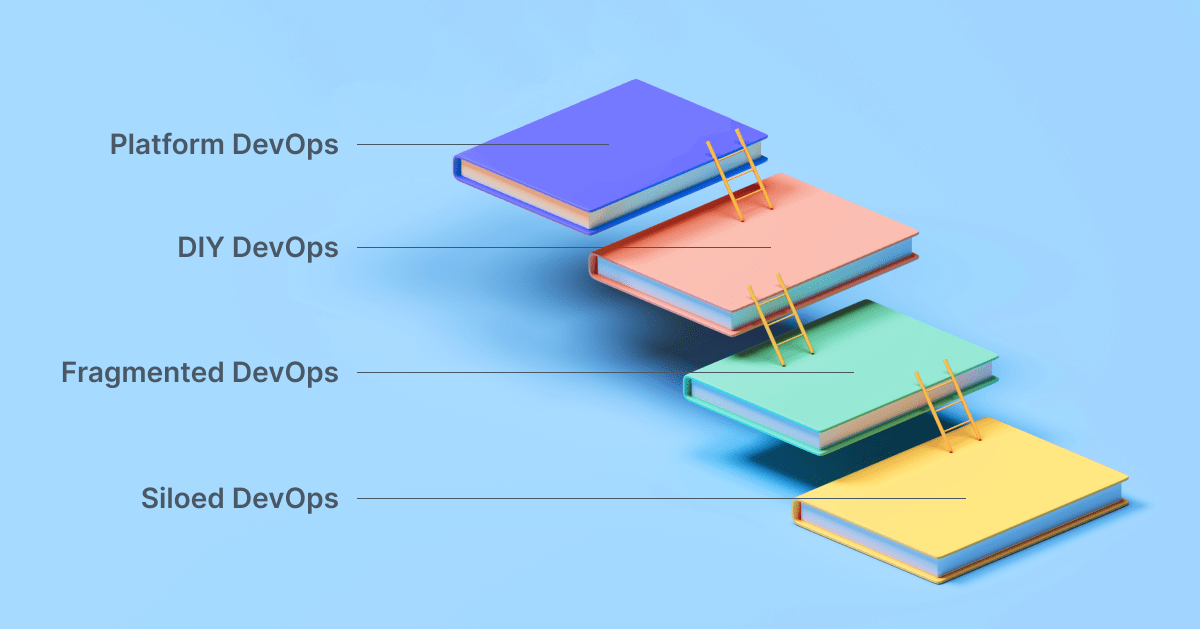
What is DevOps fourth wave?
Sid Sijbrandi, co-founder and CEO of GitLab, discusses the future development of DevOps tools in this article. Sid offers 4 stages of this development:
- Siloed DevOps. The development of DevOps tools here would be for narrow tasks, without synchronization with each other
- Fragmented DevOps. At this stage, the preferred tool is selected for each stage of the DevOps lifecycle. But here, too, each stage turned out to be isolated.
- DIY DevOps. This is the phase of creating your customized toolbox from the existing set of solutions on the market. But then companies came up with the problem of supporting complex workflows, which slows down the development process.
- Platform DevOps. At this stage, a single tool is created that includes all stages of the DevOps lifecycle and brings together the development, operations, and security teams.
Also in the article, Sid Cybranday points out three points that will be relevant in the development of DevOps in the future: platform solutions addressing security problems, applying machine learning to solving DevOps problems, and adoption of the DevOps platform will definitely accelerate.
Wrapping things up
Profisea’s digest is all about the latest updates to make sure people who are fond of DevOps catch up with brand-new and helpful info from the DevOps world. Tell us what was good to learn and what you want to hear in the next issue. We are busy preparing new valuable stuff for you. And if you are interested in DevOps as a service or have any DevOps-related or Cloud-related issues contact us for a consultation.
